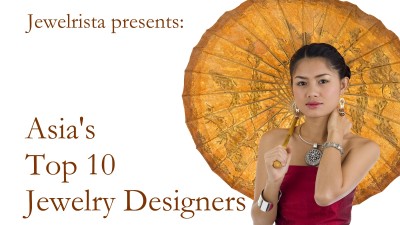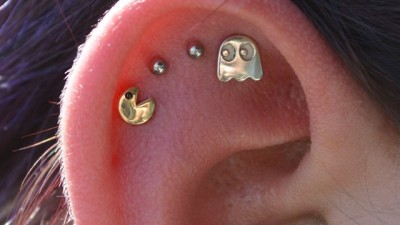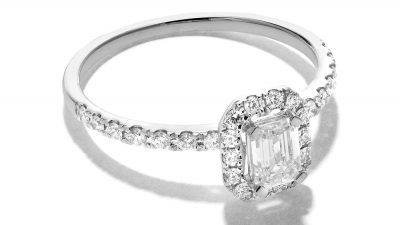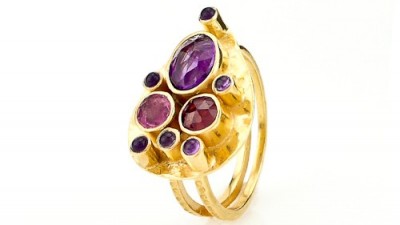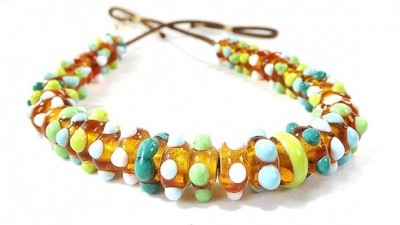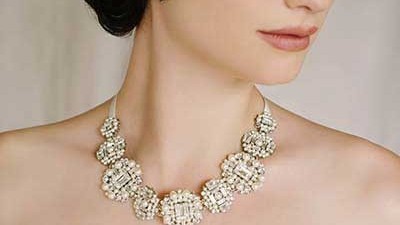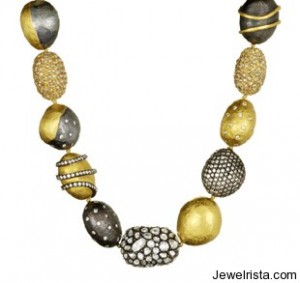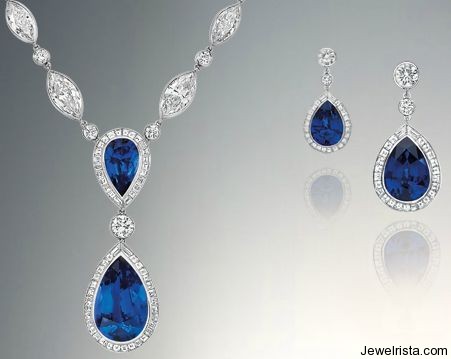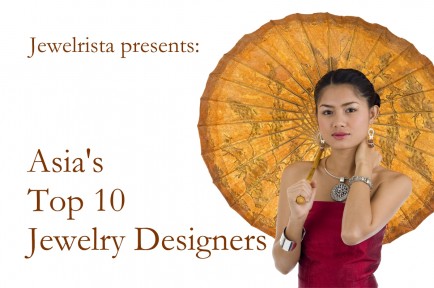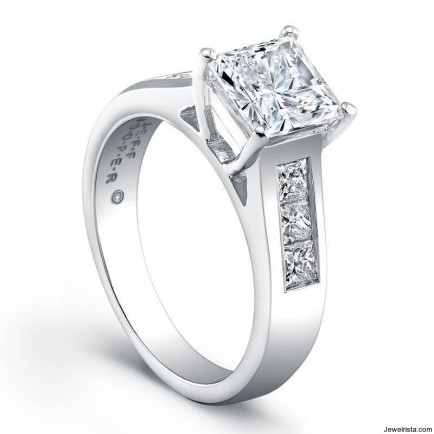The history of Chaumet dates back to 1780 and is totally linked with the history of France. Two centuries of creativity through nine generations of master jewellers whose skill and expertise have been handed down without interruption from one workshop director to another.
Like a fairy tale
One day, a young jeweller named Marie-Etienne Nitot, who had a shop on rue St Honoré, happened to catch a runaway horse. Astride the crazy horse was Napoléon Bonaparte, The French First Consul. Several years after as Emperor, Napoléon I remembered the courage of the young man.
The first prestigious order arrived in 1802 with the creation of the Ceremonial sword which set with the famous 140-carat diamond, the most beautiful one of the French Crown : The Regent, a fabulous “Golconde” cushion-cut diamond on display today in the Louvre Museum. Two years later, Nitot produced the coronation jewels and the Imperial sword. Napoléon I showed his appreciation by appointing Nitot as his official jeweller.
Nitot attracted the right clientele, loyal and prestigious, fashion and style decision-makers. This was a benchmark period for Chaumet.
Until the French Revolution in 1789, no distinction was made between a goldsmith and a jeweller. People talked of “sculpted jewels”. In 1783, Nitot was given the title of “Master Goldsmith”. They belonged to the same guild, the goldsmiths’ guild, whose patron saint was St Eloi.
Jewels – perfect examples of the symbols of power and wealth
After working with Auber, Jeweller to Queen Marie-Antoinette and opening his own shop, Nitot rapidly built an imperial clientele.
With his son, François-Regnault, Marie-Etienne Nitot designed the most extraordinary jewels that were perfect examples of the symbols of power, wealth and splendour established by the Empire. Combining magnificence and simplicity and using the taste for the Roman or Greek Antiquity to relaunch the idea of the tiara that attract the eye to the upper part of the face.
When the Empire fell and Napoléon I went into exile, François -Regnault Nitot retired and passed his business to his workshop master Jean-Baptiste Fossin, who was soon joined by his son, Jules.
With the come back to France of the Bourbons, the general mood is to break with the codes of the fallen Empire. People cultivated the nostalgia of the Past, the Sentimentalism, the Romantism.
Naturalistic style
The Fossins excelled in the “naturalistic” style. Their stylish interpretation of nature, with romantic jewels inspired by the Italian Renaissance and 18th century French style, attracted the elite of the era. This “naturalistic” theme became a code, elegantly followed throughout the history of Chaumet and right up to the present day.
Joseph Chaumet: The belle epoque
Joseph Chaumet married the daughter of Prosper Morel and took over the direction of the firm in 1885. He was prepared to accept all the technical innovations of his time, and had a sophisticated laboratory and a photographic studio at his disposal. His expertise in stones and fine pearls fascinated his peers. He developed a technique for telling synthetic and natural sapphires and rubies apart. His remarkable judgement earned him the loyalty and the financial support of prestigious clients.
By creating elegant jewellery in line with the spirit of the times, he attracted an European and aristocratic clientele, international high society as well as the upper middle classes in Business and Industry, the first Asian clients, American billionaires and Indian princes, to his new boutique at 12, Place Vendôme, opened in 1907.
In these days, always ahead of the latest trends, Chaumet is contemporary and classic at the same time and steadfastly remains disctinctly Chaumet.
Website: Chaumet



